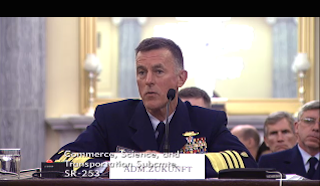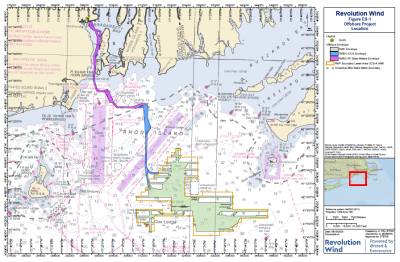U.S. Coast Guard Commandant Admiral Paul F. Zukunft told the Senate on Tuesday that the main budget priority in 2016 is to invest in the 21st century Coast Guard.
“You will not find a better return on investment than the U.S. Coast Guard,” Zukunft told the Senate Subcommittee on Oceans, Atmosphere, Fisheries and Coast Guard at an agency oversight hearing, “Staying Afloat: Examining the Resources and Priorities of the U.S. Coast Guard” on Tuesday. “Due to exceptional commitment and innovation, the Coast Guard has ships sailing today that are 60 years old, well beyond their service life. The Medium Endurance Cutters that make up the backbone of the offshore fleet are reaching 50 years of age. Over the last two years, four of these cutters have experienced emergency drydocks, losing nearly 20 percent of their planned patrol days.”
The commandant said that Coast Guard mission demands continue to grow and evolve. Thus, the Coast Guard needs “well-trained men and women with capable platforms providing the persistent presence necessary to conduct operations. Given the age and condition of existing assets, future mission success relies on continued recapitalization of Coast Guard boats, cutters, aircraft, systems, and infrastructure,” Zukunft told lawmakers.
The fiscal year 2016 budget provides for the acquisition of six Fast Response Cutters, continues to invest in acquisition activities for the Offshore Patrol Cutter (OPC) and funds vessel sustainment projects for two 140-foot WTGB icebreaking tugs and a 225-foot seagoing buoy tender.
The 2016 budget provides $533.9 million for the following surface asset recapitalization and sustainment initiatives:
- National Security Cutter (NSC) – The acquisition of the NSC is vital to performing DHS missions in the far offshore regions, including the harsh operating environment of the Pacific Ocean, Bering Sea, and Arctic;
- Fast Response Cutter (FRC) – Provides funding to procure six FRCs. These assets replace the aging fleet of 110-foot patrol boats that provide the coastal capability to conduct search and rescue operations, enforce border security, interdict drugs, uphold immigration laws, prevent terrorism, and enhance resiliency to disasters;
- Offshore Patrol Cutter – Supports technical review and analysis of preliminary and contract design phase for the OPC project. The administration’s request includes a general provision permitting a transfer to the OPC project if the program is ready to award the next phase of vessel acquisition in fiscal 2016. The OPC will replace the Medium Endurance Cutter classes that conduct missions on the high seas and coastal approaches;
- Polar Ice Breaker (WAGB) – Continues pre-acquisition activities for a new polar icebreaker;
- Cutter Boats – Continues funding for production of multimission cutter small boats that will be fielded on the Coast Guard’s major cutter fleet beginning with the NSC;
- In-Service Vessel Sustainment – Continues funding for sustainment projects on 140-foot icebreaking tugs (WTGB), 225-foot seagoing buoy tenders, the training Barque EAGLE (WIX), and initial sustainment activities for the 47-foot motor lifeboats (MLB);
- Survey and Design – Continues funding for multi-year engineering and design work for multiple cutter classes in support of future sustainment and acquisition projects.
The Coast Guard’s 2016 budget request reflects the agency’s ongoing efforts to recapitalize its fleet of cutters, boats, and aircraft as well as key systems and infrastructure. The request also addresses each of the Coast Guard’s 11 statutory missions in support of the Department of Homeland Security and other national priorities. Operating expenses account for $6.82 billion of the fiscal 2016 budget request, which is a slight decrease from the fiscal 2015 budget.
“As the service approaches its 225th year, history has proven us responsive, capable, and agile,” Zukunft said as he wrapped up his testimony. “The service provides tremendous operational results for every dollar provided to the extraordinary men and women of the United States Coast Guard.”





